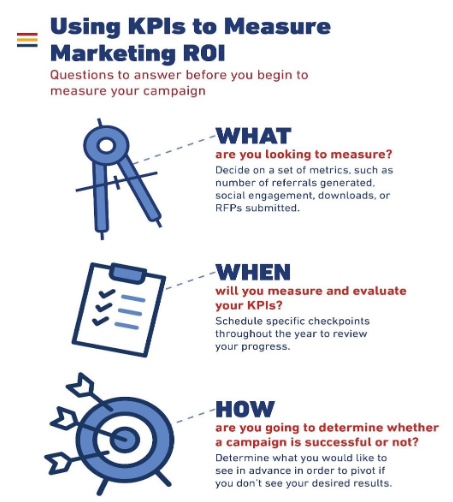Today, there is a never-ending flow of “content” and “thought leadership” available for B2B companies.
Thoughtfully created and properly targeted content can be evergreen and attract new clients to your business. Very often, however, content is created just for content’s sake, without a strategy to engage the right audience or track and measure its success. The result is basically noise.
To cut through all this noise you need to take a few crucial steps that will ensure you are reaching your audience at the right time.
Your first 2 steps
The first two things you need to consider in detail are:
-
- Who is your target audience?
- How are you going to measure the success of the content you produce for your audience?
1. Identifying your audience
The first step in the content marketing process is taking a moment to figure out who your content is going to target.
The answer to that question can be more challenging than expected, especially if your company works with a wide range of clients across multiple industries or provides numerous services in specialised fields.
If this is a piece on a service that crosses multiple industries, start by identifying your best clients. These clients are the ones you are most connected to, the most comfortable with, and the ones most likely to provide you with a referral.
Even if it is a specific topic, picture a client that fits the criteria and write as if you are speaking directly to them.
This is a useful starting point because you are at your most comfortable communicating with this audience. Discussions feel natural when you are talking to someone with whom you are at your most comfortable.
What’s in it for them?
Once you have that specific audience member in mind, consider how your content topic will benefit them and how it will help their company in the long run.
I picture sitting down and talking over dinner, where we are relaxed and chatting excitedly about an interesting service and topic that is going to help their company save money or get to the next level. From there, expand this process out to other companies similar to your ideal client to create your target audience.
Craft the content
Don’t be afraid to use a ghostwriter to craft the initial draft of the piece. Writing isn’t natural for everyone. In the accounting industry and in other professional service firms, writing isn’t always an inherent talent. Using a professional writer who can sit with someone for an hour on the phone to create an initial draft, helping to get an article started, is money well spent to provide original content.
Reach Your Audience
Once your content is created, you need it to reach your target audience.
Timing: When to publish
Firstly – and I can’t stress this enough – timing is everything. To reach your audience with content they care about, you need to be strategic in selecting the most optimal time for its release.
An clear example for my industry is providing our year-end tax tips in December, not in May. That same content−no matter how well made will not perform as well if it’s pushed out at the wrong time of year.





















